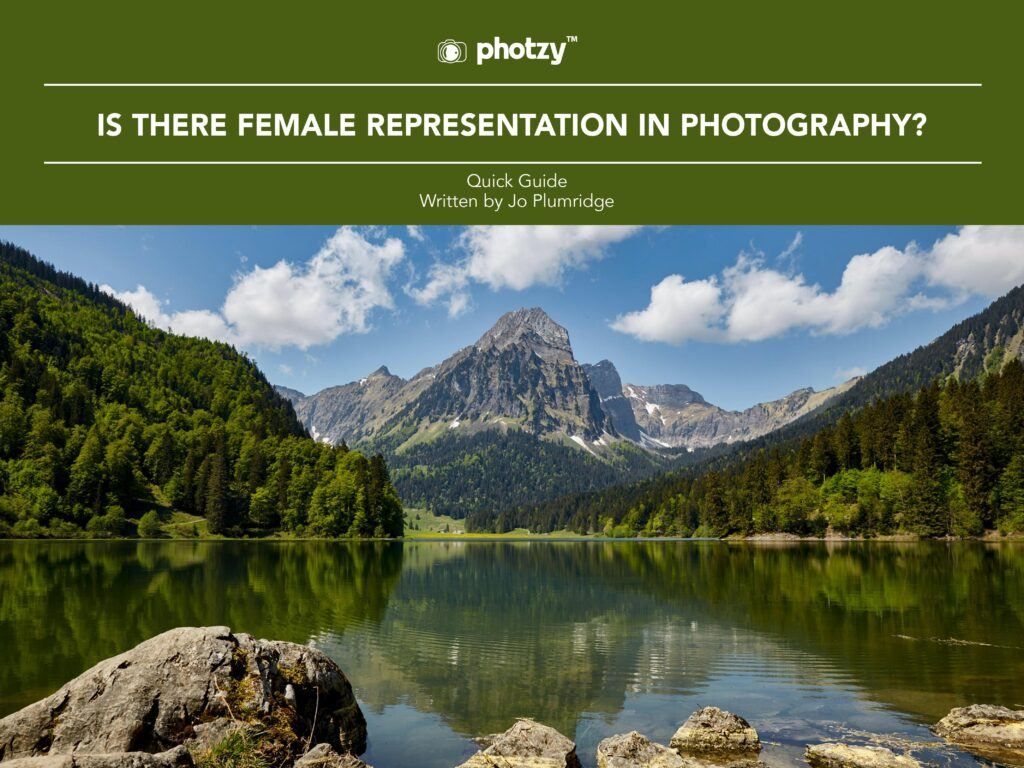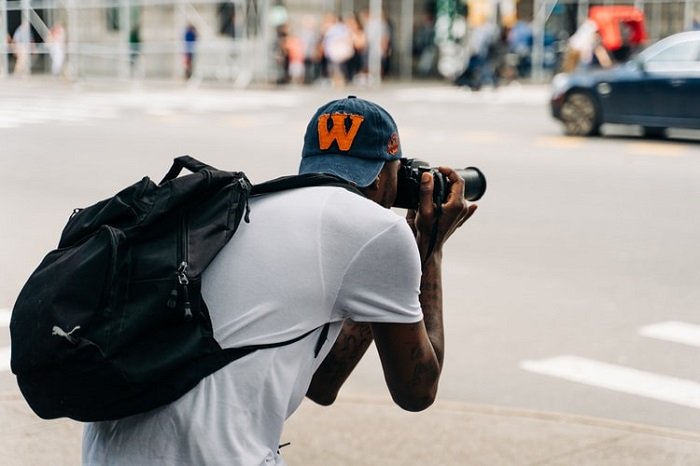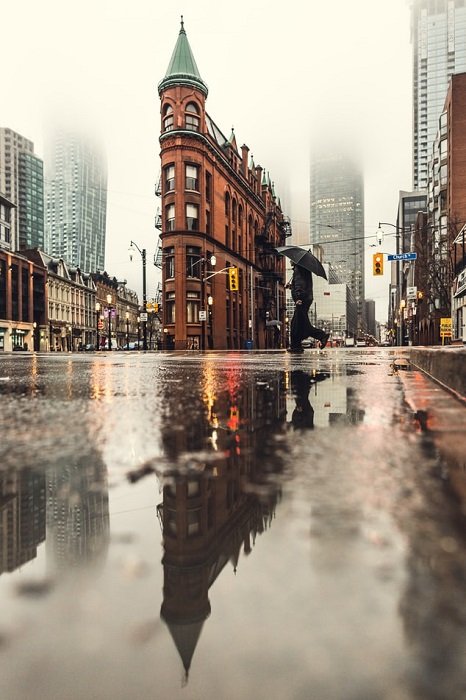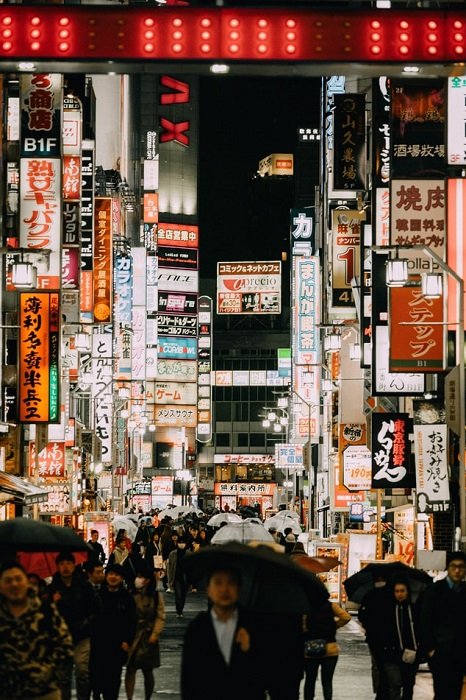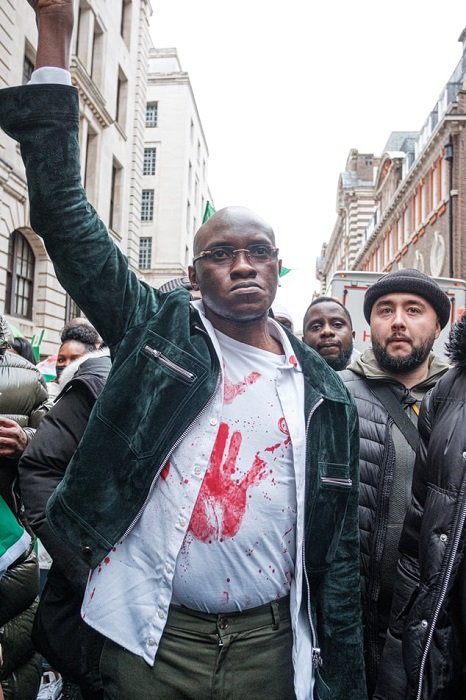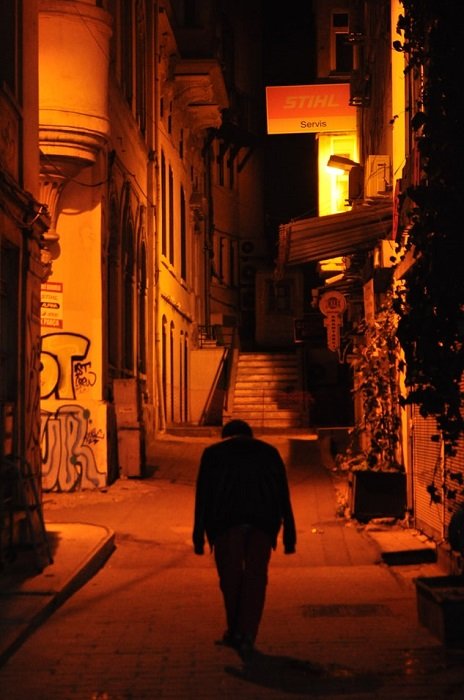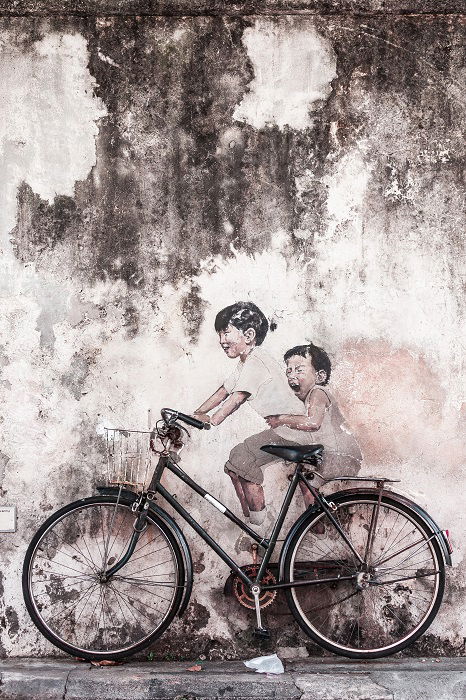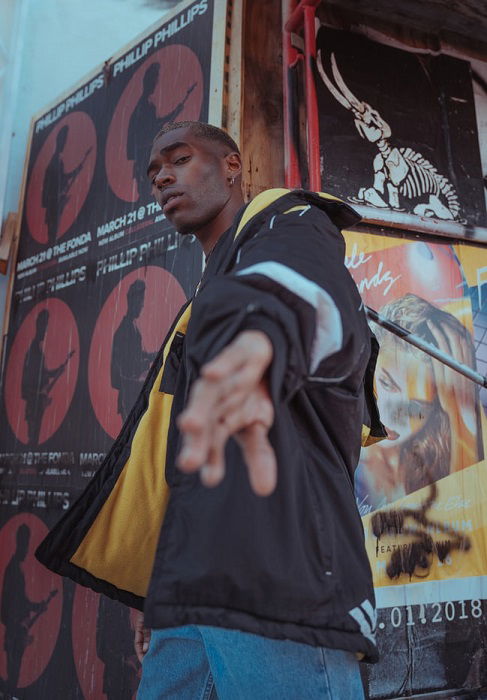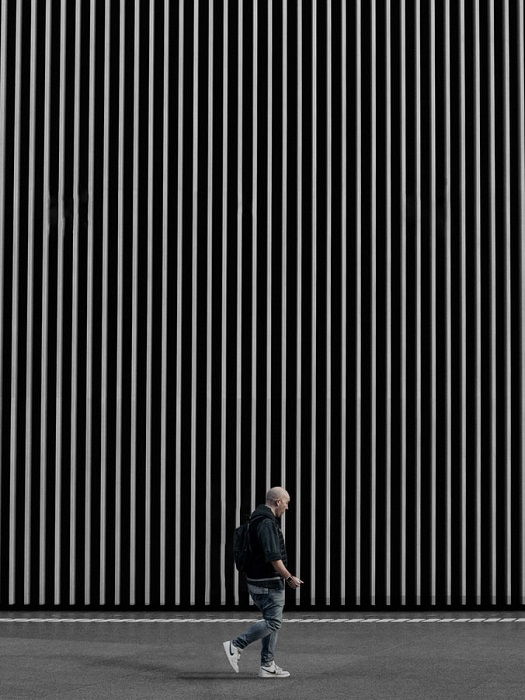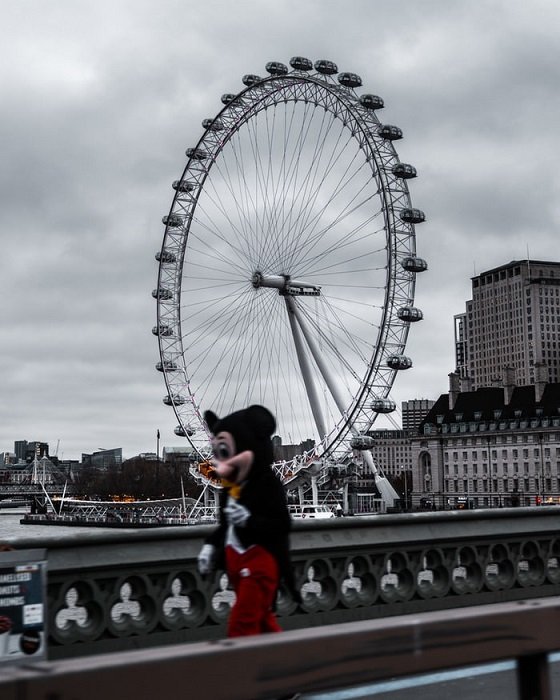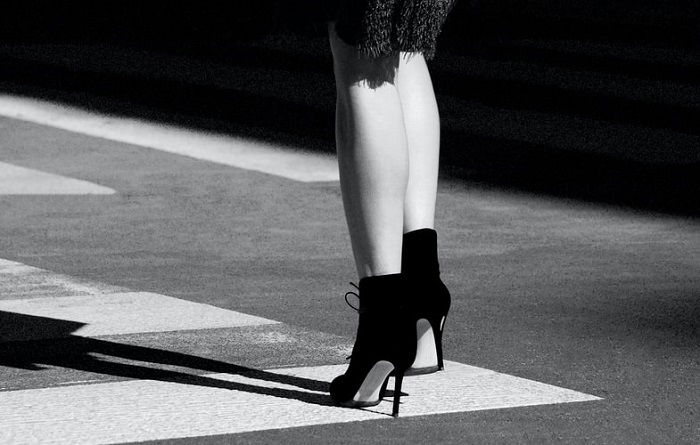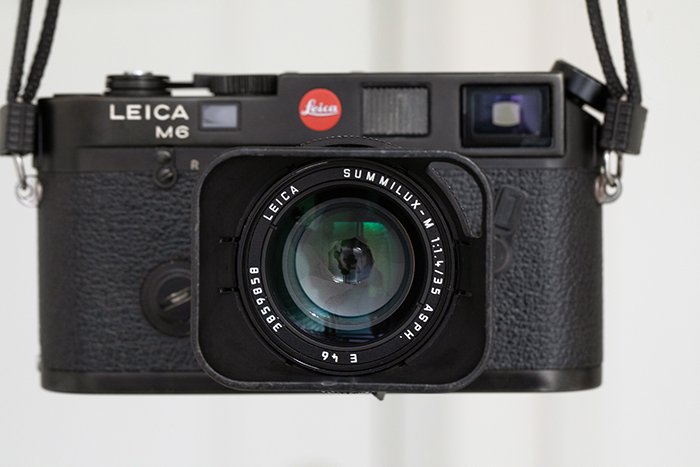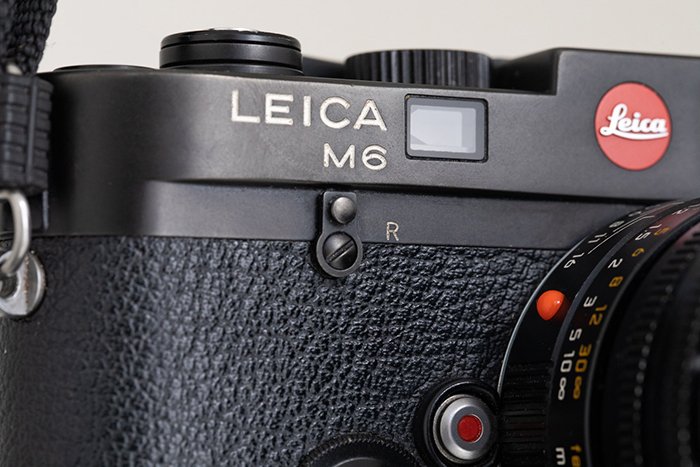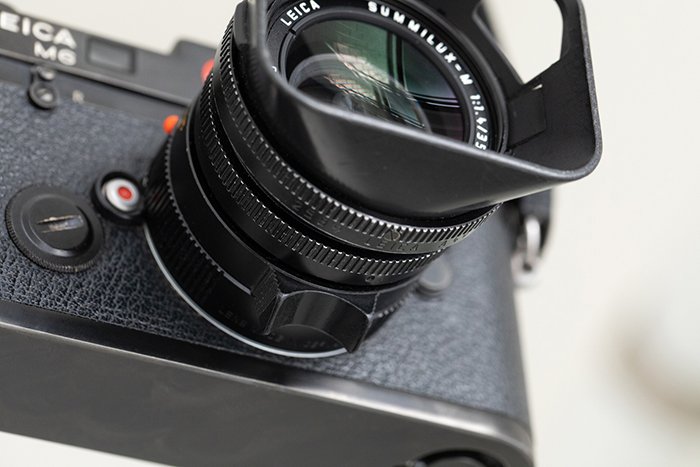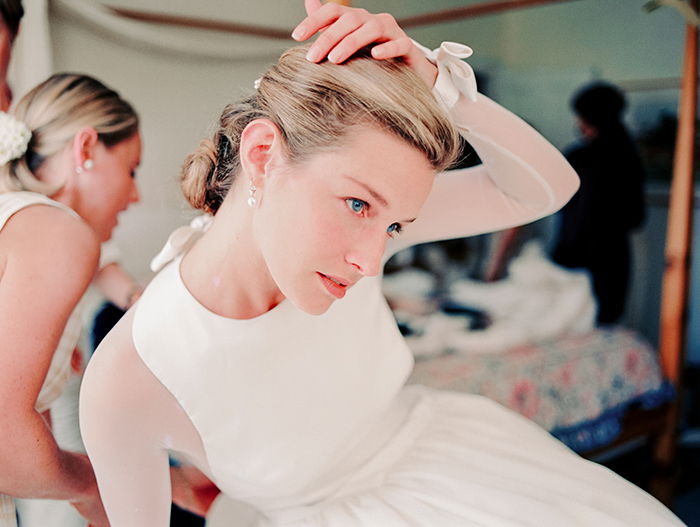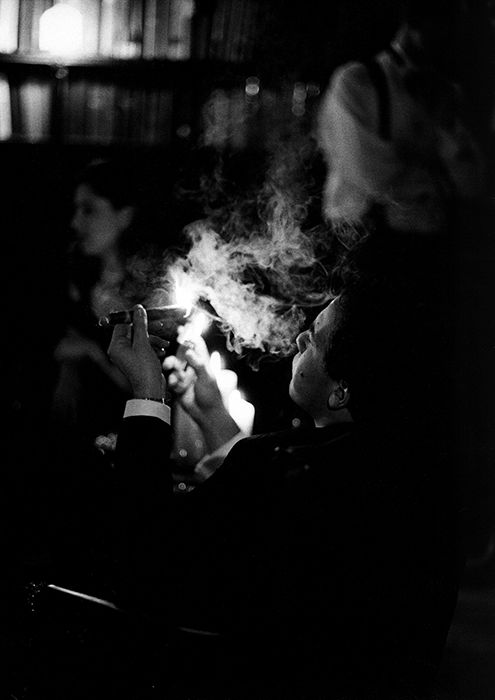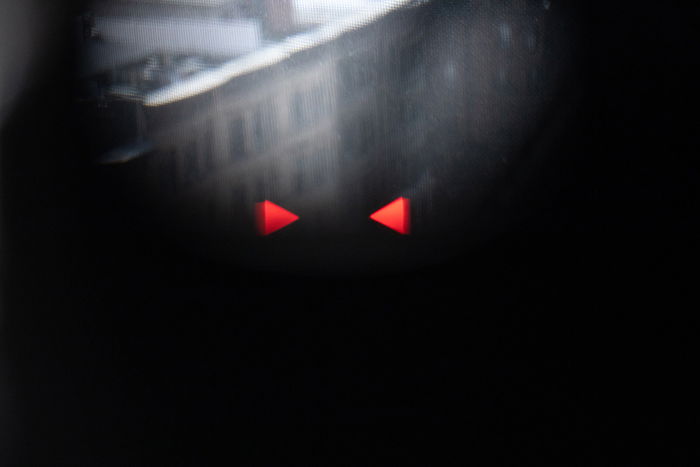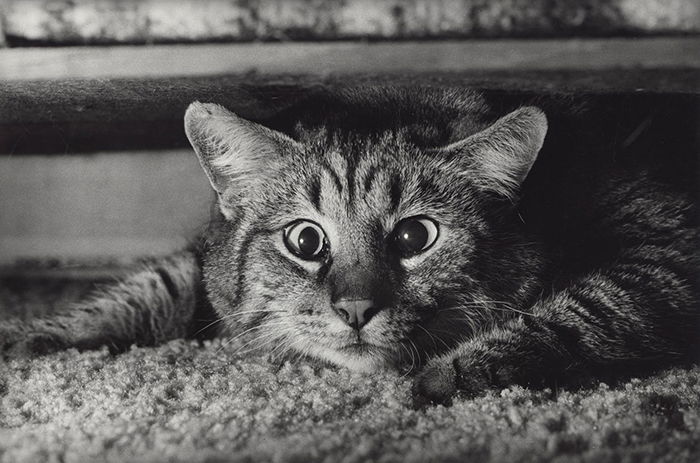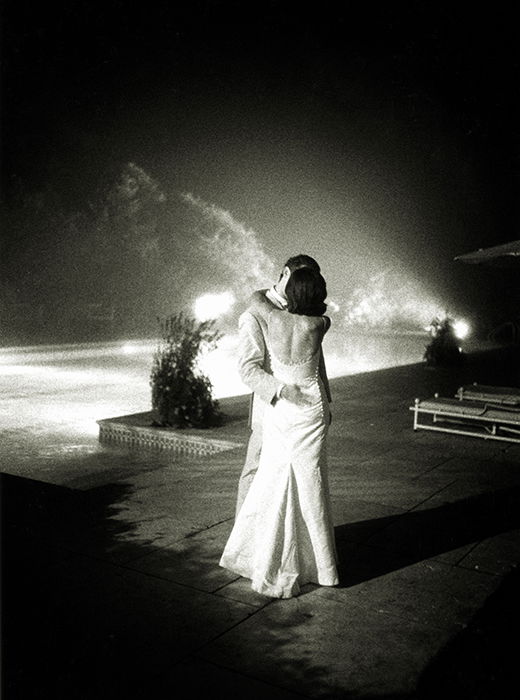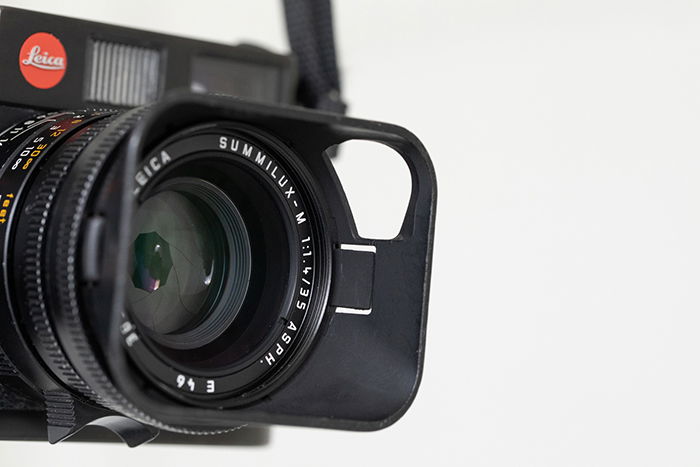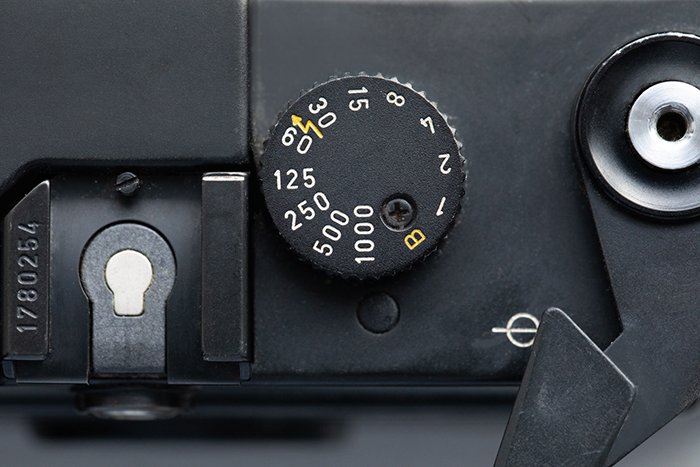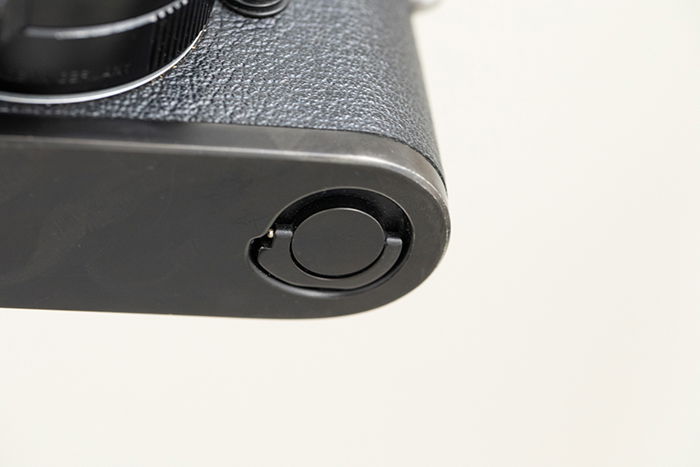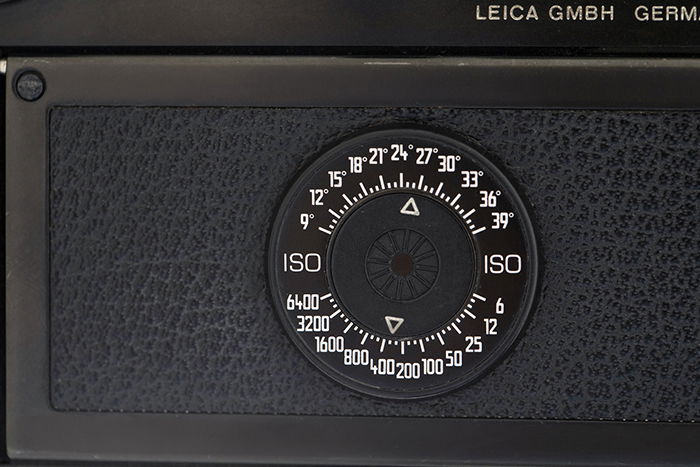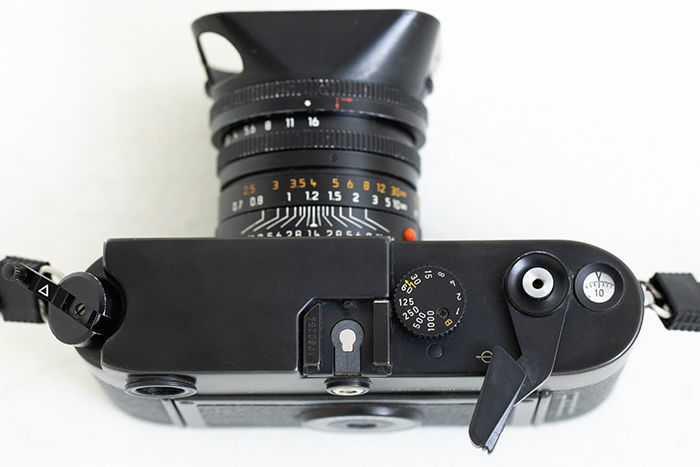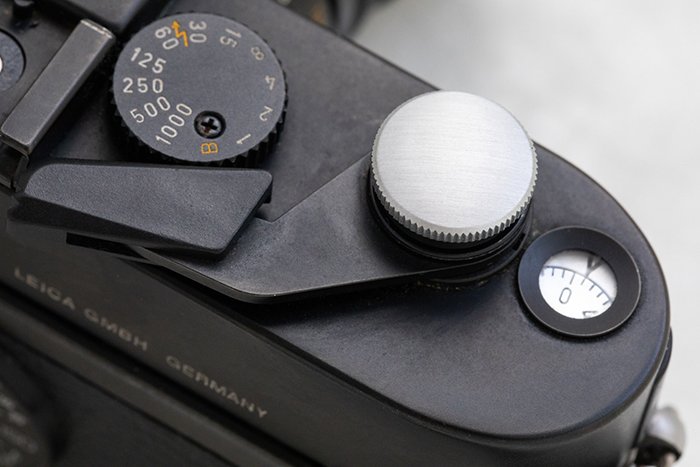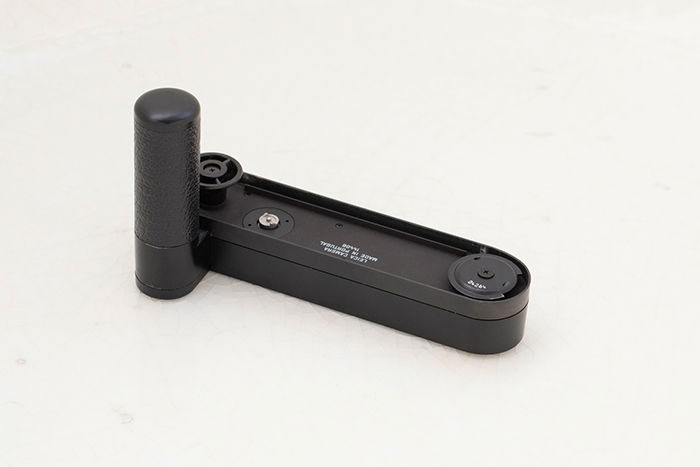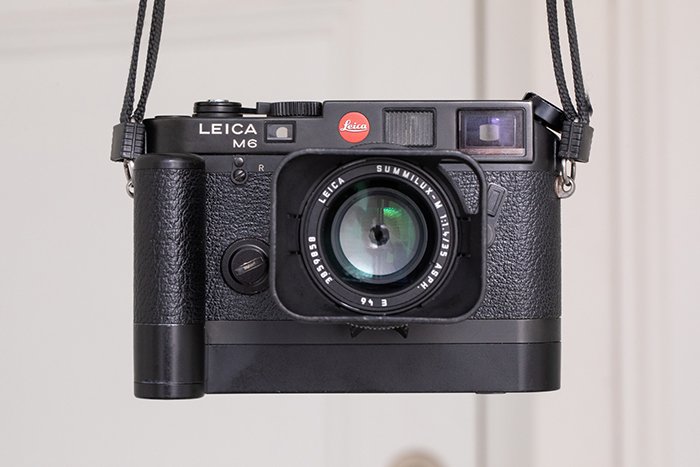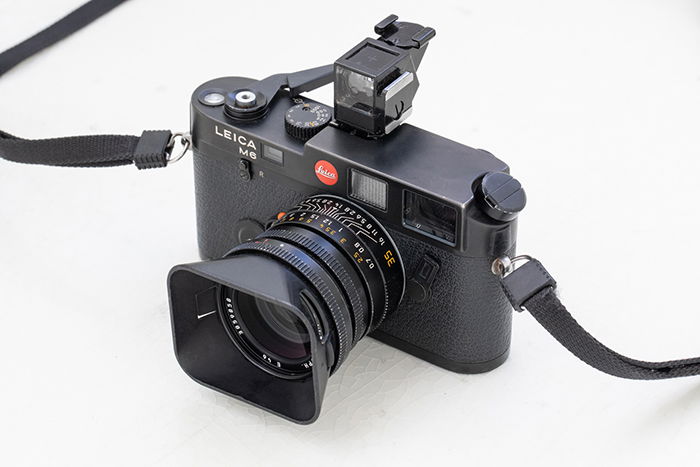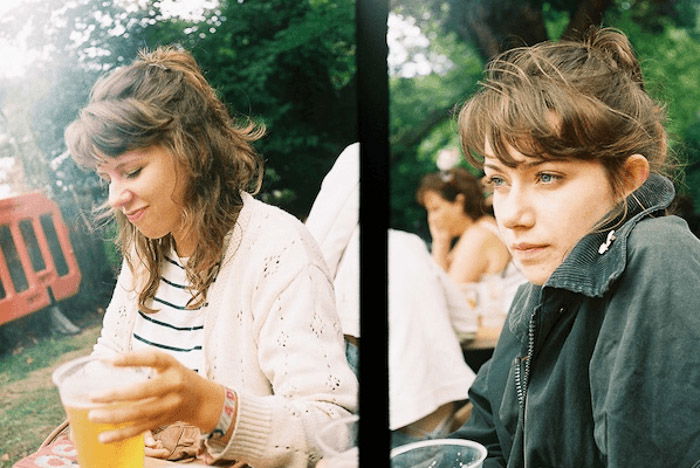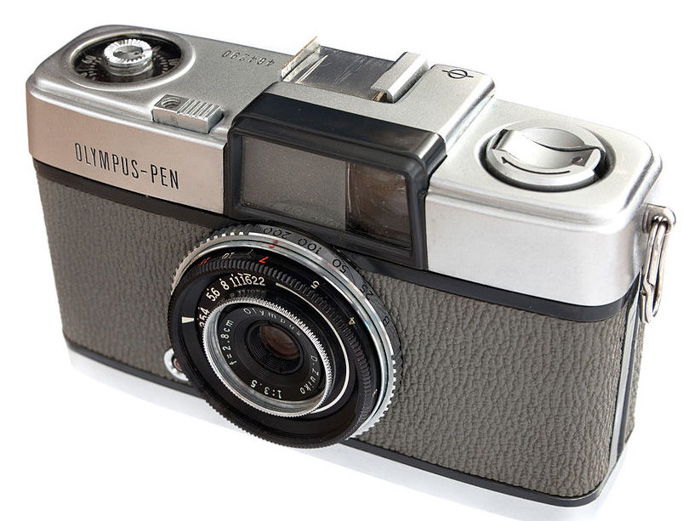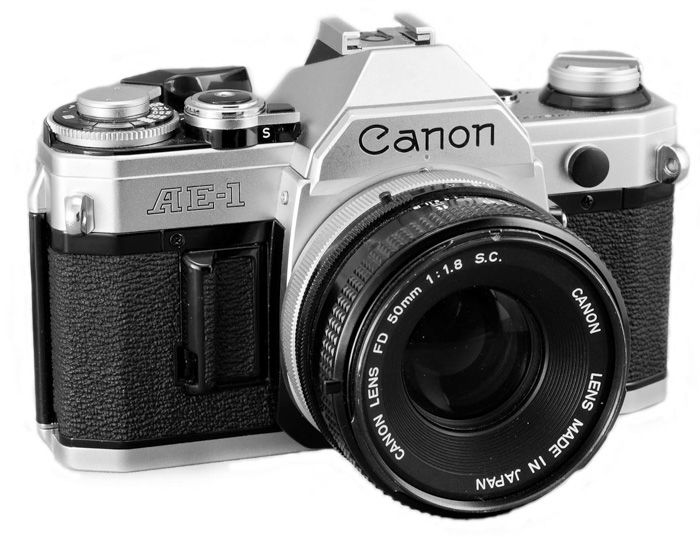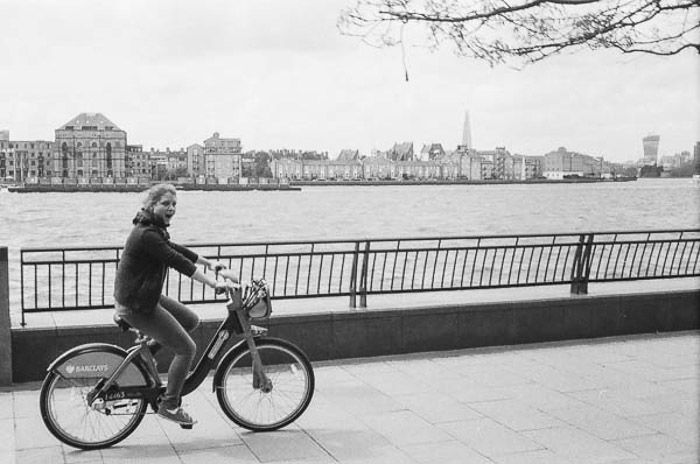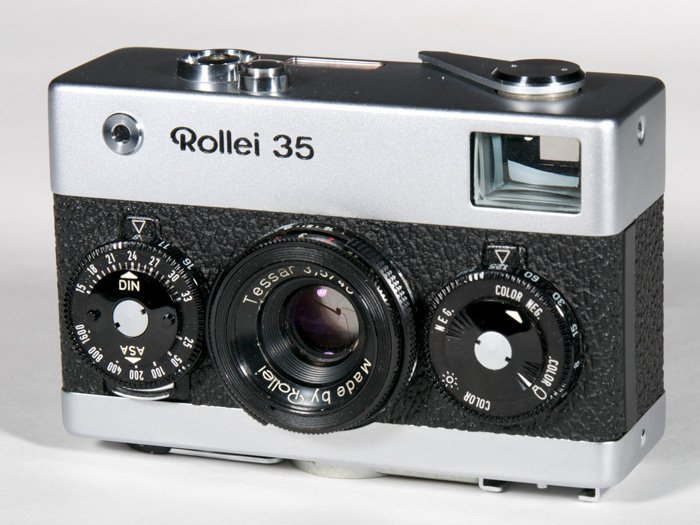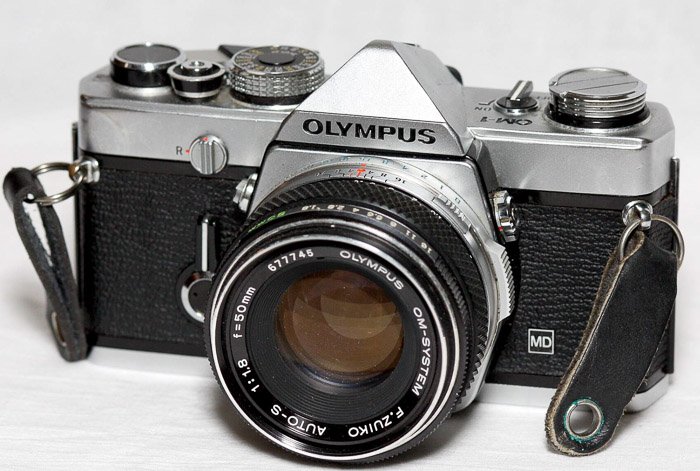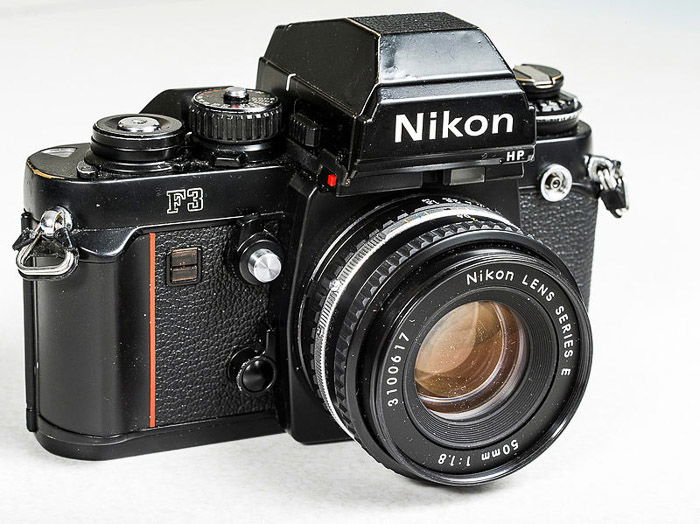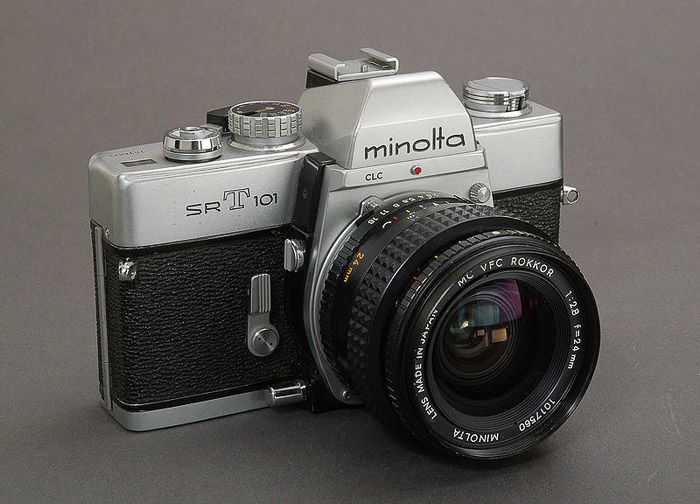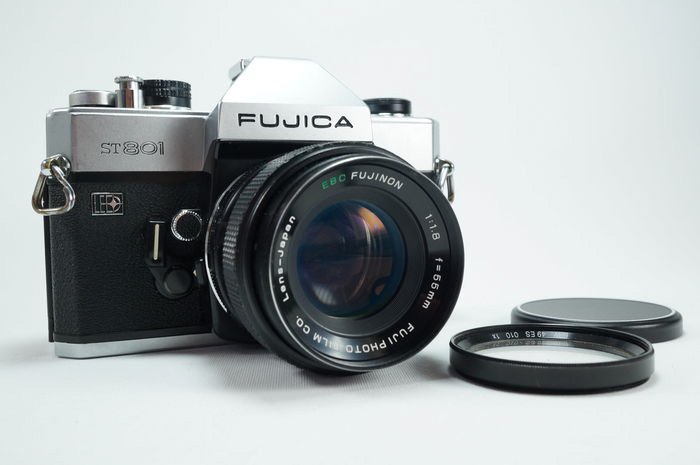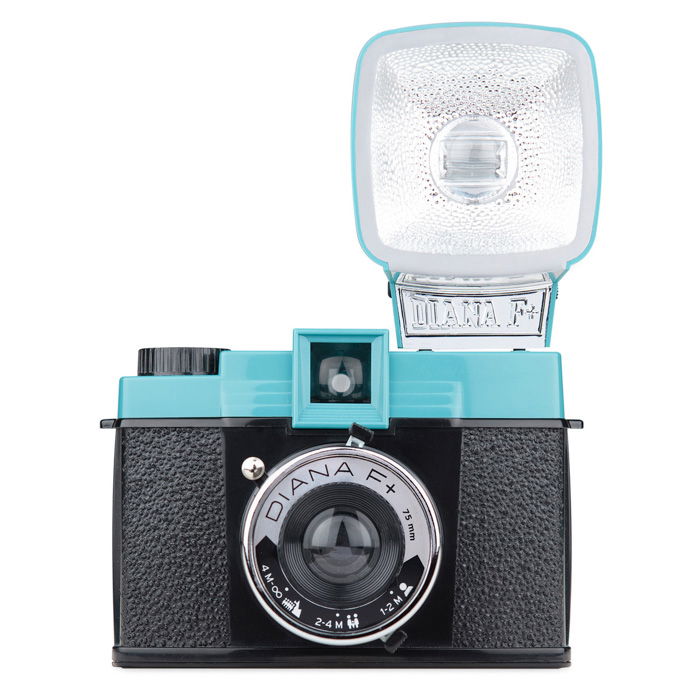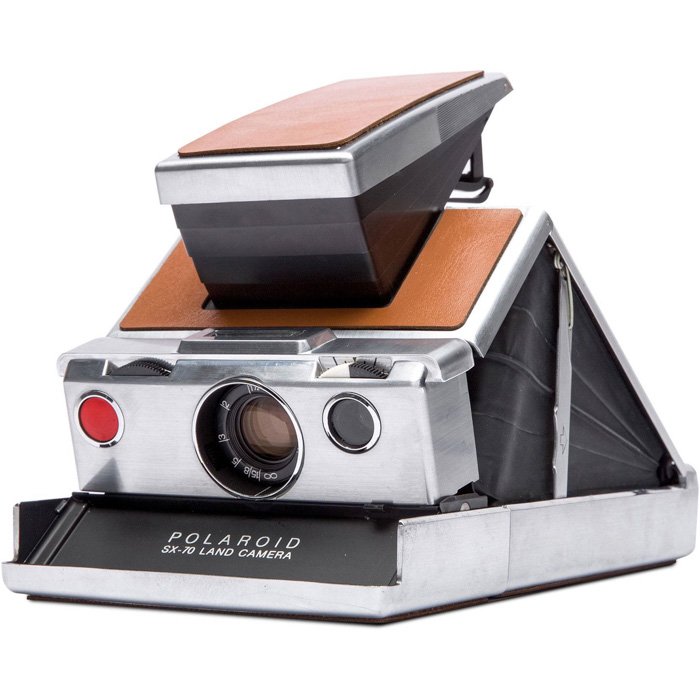12 Secrets For Better Candid Street Photography
Candid street photography captures unique and authentic moments in time. This street photography sub-genre is a challenge. So many components need to be right to make it work.
Read on to learn some of my secrets for creating your own perfect candid street photograph.
What Is Candid Street Photography?
Candid street photography is imagery of people shot from the street without them realizing. This sounds a bit creepy. If done with sensitivity and skill, candid street photos tell a valuable story about the people around us. And how we connect with each other.
As soon as we’re aware that someone is taking our photo, our face and body change. It’s difficult to discover the true personality behind the mask.
Keen to capture real emotion and vulnerability in your photographs? Then candid street photography is for you.
1. Minimal Gear For Candid Street Photography
Keep your camera bag light for your candid street photoshoot. Stick to a couple favorite lenses (I use a 50mm and 70-200mm). Unless you’re planning on staying in one spot, leave your tripod at home.
Restricting your gear means you have fewer decisions to make and you can move around easier and keep a low profile. Feeling brave?
Take your camera with a prime 35mm or 50mm lens and leave your bag at home.
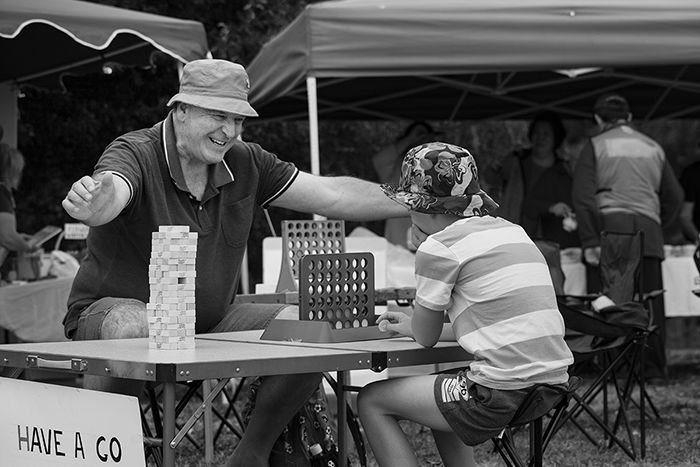
2. Photographing Ground Level Candid Photos
The best thing about taking candid street photos at ground level is that you get to sit down on the job. Find a comfortable dry spot with three or four different viewpoints.
This is a good way to be unobtrusive and capture interesting expressions.
The biggest challenge with ground-level street photography is the movement of legs walking past. This can get in the way of the perfect shot.
Use this challenge to your advantage by incorporating moving bodies as a frame for your subject.
3. Dress Down and Blend In
Standing out in the crowd is the last thing you want to do when creating a candid street photo. Blending in with your surroundings is essential.
Wear plain clothing that reflects your environment to avoid attention and maintain anonymity. My standard uniform is jeans, tee-shirt, and sneakers for comfort.
High fashion is definitely not my priority when taking candid street photography!
4. Creating Street Portrait Photos With Patience
The biggest lesson I’ve learned in candid street photography is the importance of patience. I put my trust in my intuition, and sense when something is about to make a good candid street photo. Then I wait.
Sometimes this involves waiting for a long time, but it’s worth it! Slowing down and being patient is useful in many ways.
Take the time to practice your manual settings and observe the changing light. Look at how the pedestrian and vehicular traffic is flowing. Try out your lenses and test different compositions.
The longer you wait, the more likely you are to see the connections between people. This is how you catch intriguing facial expressions, or beautiful movements.
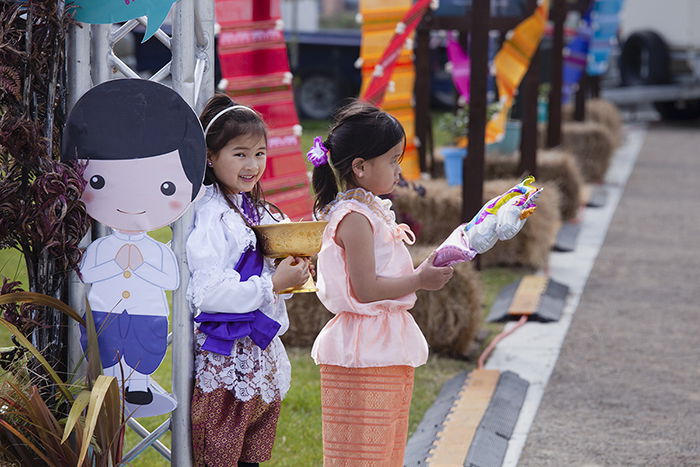
5. Accepting Mistakes In Candid Photos
Going against the rules? Making mistakes? Embrace your photographic faux pas with candid street photography. The decisive moment doesn’t always happen in the perfect light with the perfect background.
Learn how to incorporate movement and problematic lighting in your photographs so that they work to your advantage.
Understand how to convert photographs to black and white if you have color or light issues. And experiment with cropping to draw the viewer’s eye to the subject.
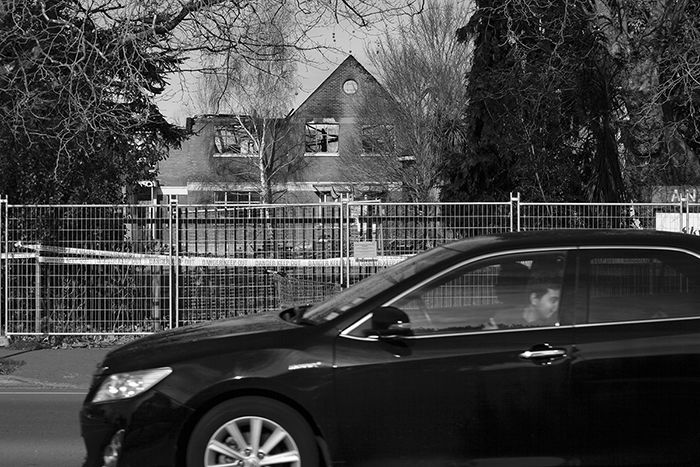
6. Get Close Up With Your Candid Street Portraits
The best way to capture a candid moment is to get close to your subject. This feels daunting when you’re new to street photography. Start by using a zoom lens and photograph inanimate objects to get comfortable with the concept.
Candid street portraits don’t have to be made from the front. You can capture emotions and vulnerability by photographing people from the side or back.
Body language tells strong stories in portraiture. Look for hunched shoulders, people holding
hands, or interesting head angles.
7. Build Familiarity With Your Street Scene
One way to focus on your subject for the perfect candid shot is to be familiar with your environment. We understand the light and weather patterns of our home towns and know where interesting people hang out.
Use this knowledge to your advantage. You’re likely to intuitively know the camera settings and composition to use in a familiar setting.
This means you can really concentrate on observing expressions, behavior, and body language of people for great candid photos.
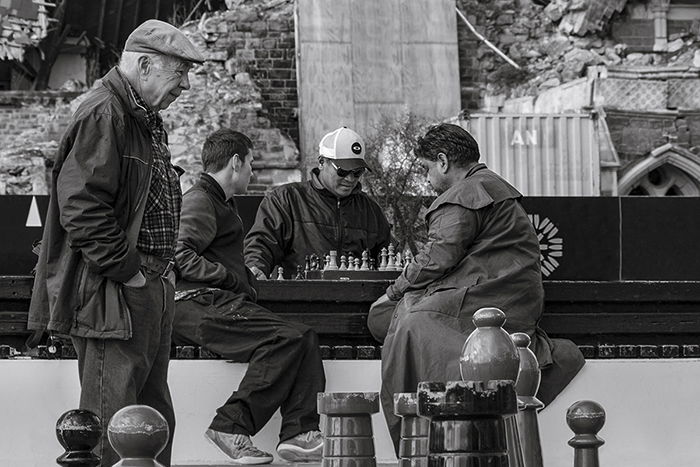
8. Stay Friendly and Approachable
Have a clear idea of the purpose of your photographs so that you can respond honestly to any queries. Be prepared to show people their photos if they ask.
My personal code of ethics dictates that I’ll delete a photograph of a stranger if they ask me to. Taking sneaky photos from behind trees and hidden corners looks dodgy. But you also don’t want to be too obvious in the middle of a scene.
Position yourself somewhere in-between (which is easier said than done!). Keep an open mind and calm presence, and trust your instincts if you’re uncertain whether to squeeze the shutter or not.
9. Be Quick And Smart With Your Candid Photo Camera Settings
Candid street photography often consists of long periods of waiting interrupted by very fast and sudden bursts of clicking. When you’re squeezing the shutter, it pays to know exactly what settings you need to use, and how to change them fast.
If a person is moving out of the shade and into the sun, you might need to quickly change your shutter speed. If something interesting is happening in the background, the depth of field might need to change. Practice makes perfect.
Keep working with manual settings until the process becomes automatic for your hands and brain.
It might feel easy to stick to auto settings. Over time you’ll master the control and create candid photographs with a quality that auto settings just can’t produce.

10. Increase Your ISO And Embrace The Grain
It took me a long time to acquiesce and increase my ISO for street photography. I was such a stickler for ISO100 and was reluctant to change it regardless of the light conditions.
The result was a number of dull street photographs made under shop awnings and on cloudy days, which required additional post-production. Technological advances mean that you can increase the ISO setting without compromising the quality of the photographs.
When I tweaked the ISO to between 200 and 400, a new world of candid street photography opened up. I was able to better capture candid facial expressions and keep the shutter speed fast to ensure sharp photographs.
I also like the slight grain that the higher ISO produces in street photography. I avoid increasing it beyond ISO 640.

11. Be the Tourist
Still nervous about taking candid street photographs? Telling yourself you’re a tourist from out of town is a great way to give yourself permission and confidence to make street photographs.
It’s also a useful technique to observe your environment and the people with a fresh approach.
12. Tell the Story
A powerful tool when making candid street portraits is to have a clear narrative in your head. This takes practice because often the moments are fleeting. Learn about what is happening around you.
What are you observing and sensing? What can you smell? What are people saying or singing? If you understand the story, you’ll become an expert at recognizing decisive candid moments.
This helps you communicate what you’re experiencing with the viewer of the photograph. It’s also useful if you’re putting together a series of photographs.
Candid street photography plays an important role in storytelling, photojournalism, and documentary photography. The responsibility to get it right is significant.
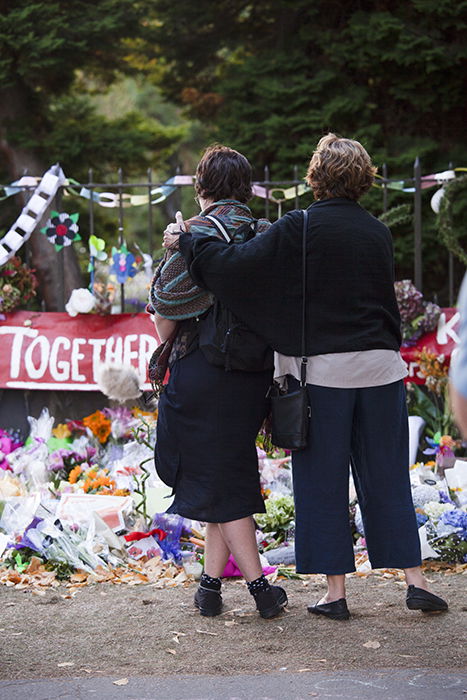
Candid street photography is perfect if you want to create an original photograph that tells a story and can’t be replicated.
You’ll avoid complications of artificial lighting, fancy lenses, or self-conscious models, and you’ll experience the freedom of movement and diverse themes and subject matter.
Take on the challenge and learn how to use your camera to share stories and history with candid street photography.
---------------------------------------------------------------------------------------
--------------------------------------------------------------------------------------
